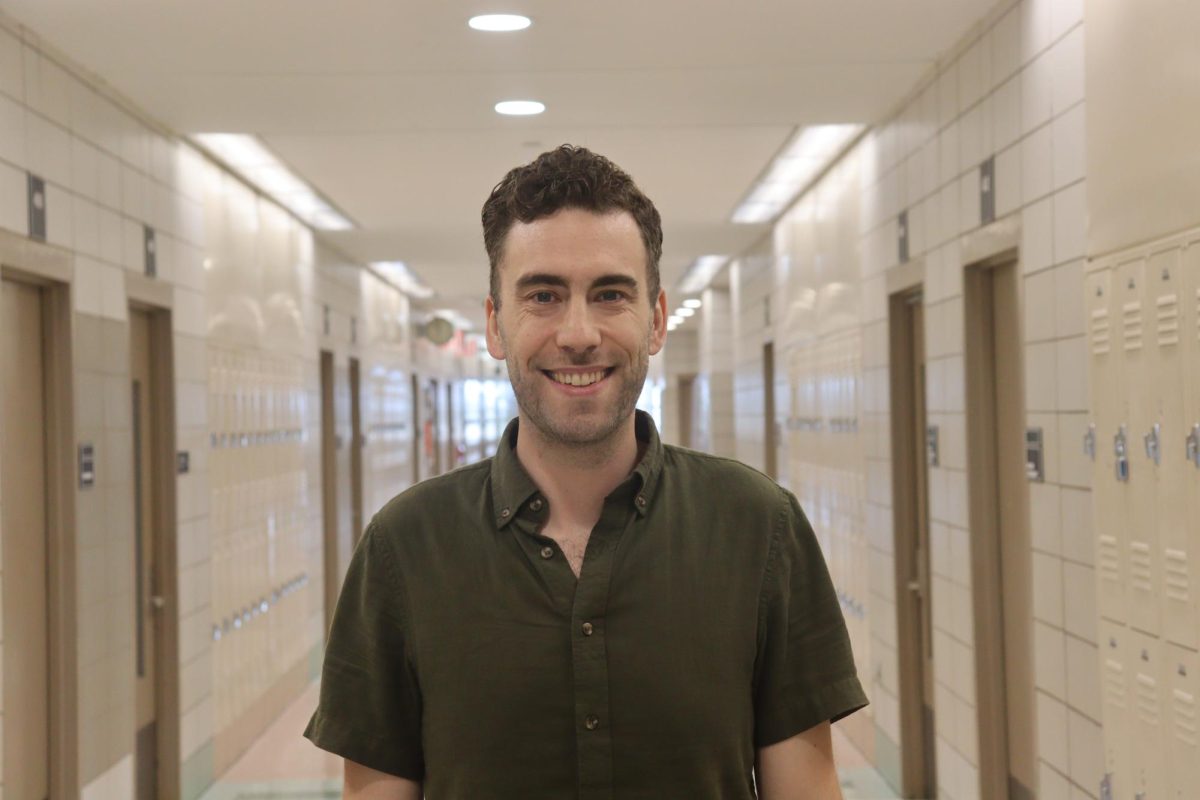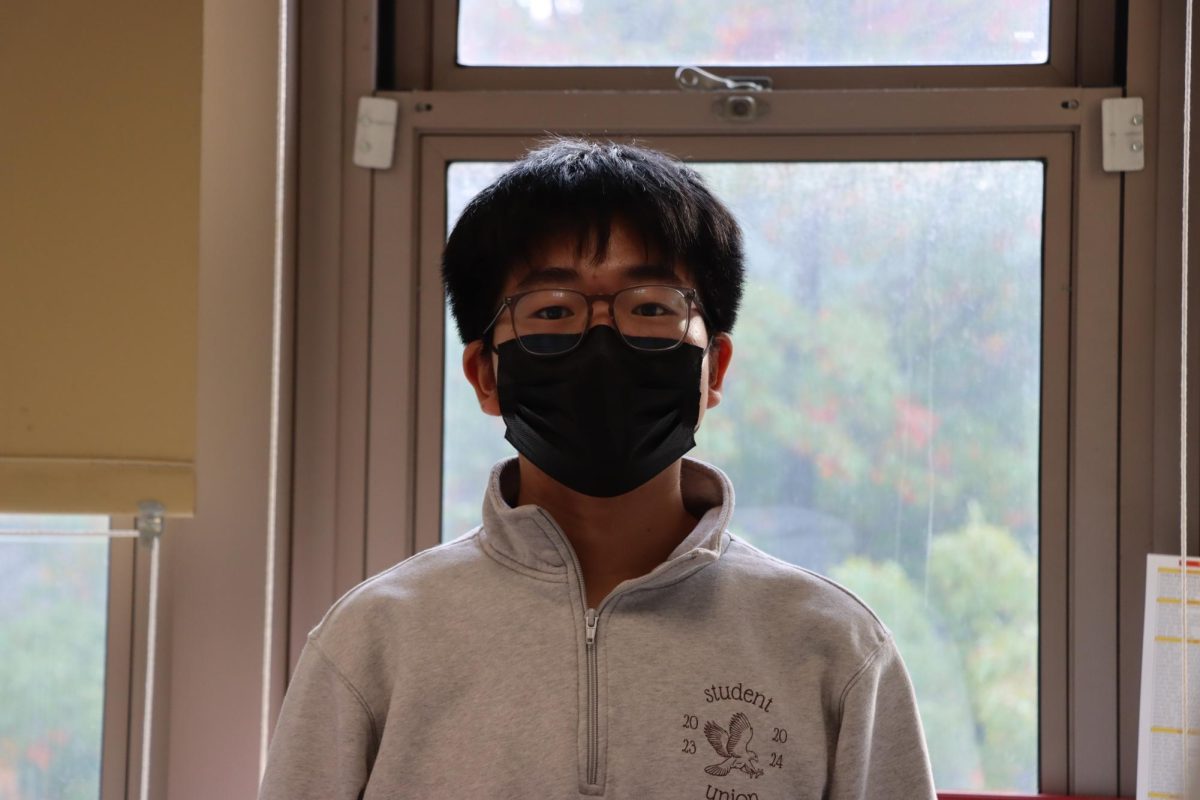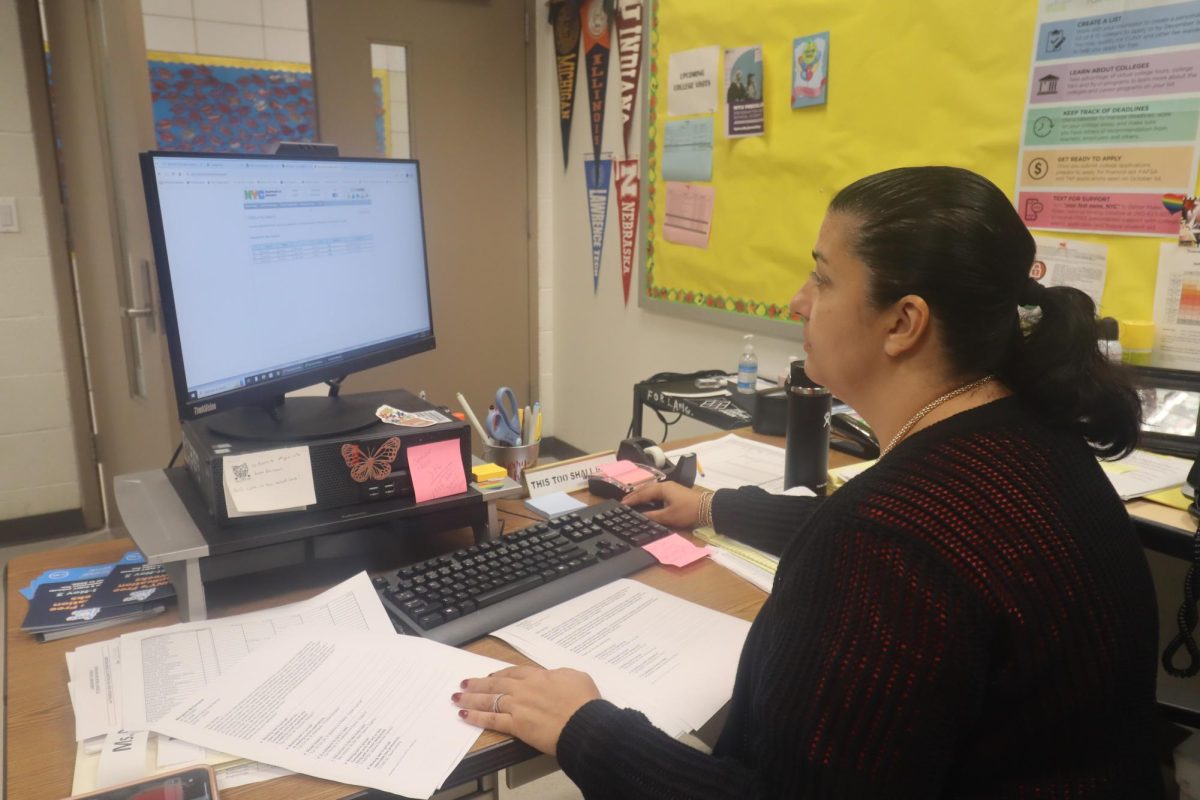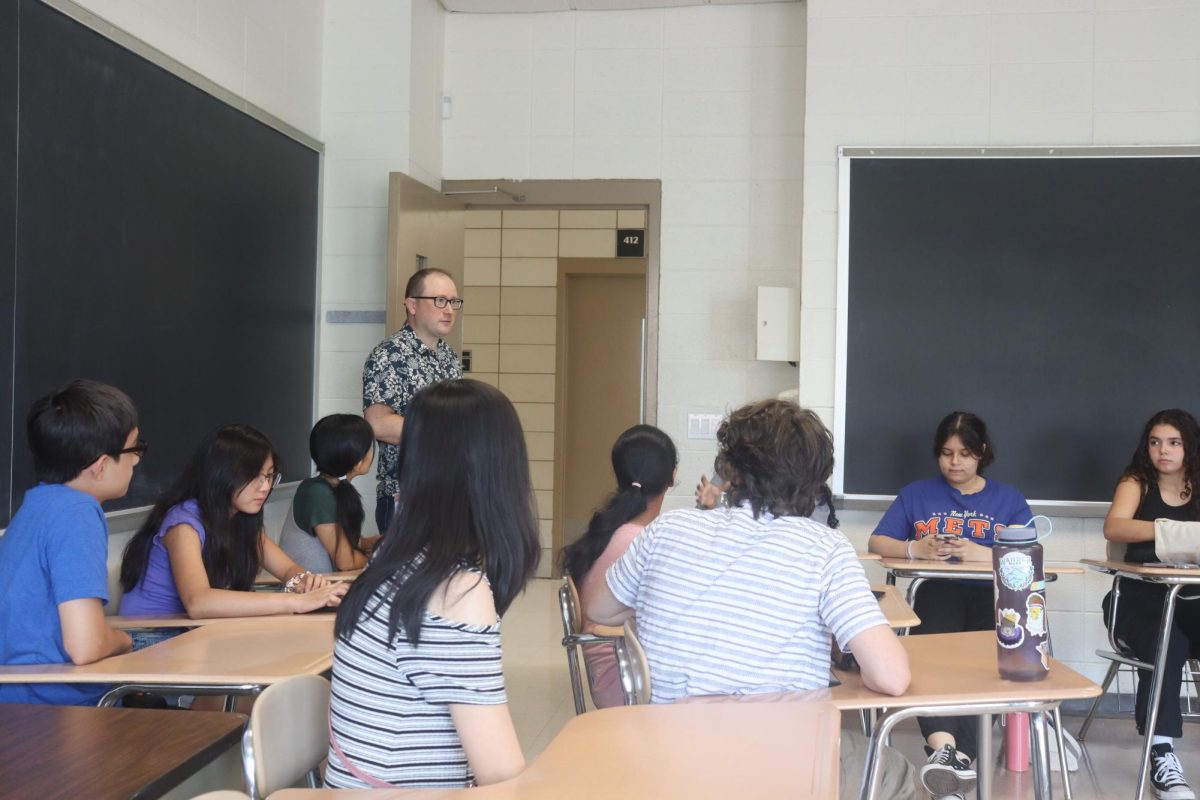
As Townsend Harris students enter the colder winter months, many tend to forget about the severity of global warming, which is colloquially known as climate change. Contrary to popular belief, climate change has a measurable impact on more than just local temperature— it can also increase the likelihood of tropical storms, such as hurricanes. While these two effects are often most discussed in regards to climate change, there is another more menacing, yet hidden, consequence: the increase in disease transmission.
While the humidity and temperature increase in certain parts of the globe, approaching what is known as a tropical climate, more breeding spots become available for vectors, which are carriers of epidemic diseases like malaria.
Physical education and health education teacher Jamal Bermudez explained how mosquitoes, a chief vector of parasites and viruses, “can carry and spread [diseases] and not be negatively affected by what they are carrying at all.” Although this is frightening on its own, Mr. Bermudez added that mosquitoes and other agents “thrive in warm climates,” similar to the those that are becoming more common as rapid climate change increases global temperatures.
In some regards, disease transmission as an indirect result of climate change may be even more deadly than the natural disasters caused due in part to one key factor: the lack of public awareness.The spike in climate-related diseases such as dengue fever and air pollution concentrations is seldom publicized by the media.
A seminal Center for Diseases Control (CDC) research paper documented that “Only 1 in 5 [participants] report understanding climate change very well.” Moreover, Americans are equally divided among those who believe that media coverage of climate change is “exaggerated, correct, and underestimated.” The report took a stance that has proven to be effective with other health issues such as HIV and smoking, which is to “inform, educate, and empower people about health issues.”
Aside from the risks that are a result of climate change itself, human contributions to climate change have proven to be just as hazardous. The emission of greenhouse gases, such as carbon dioxide, do more than impact the world’s climate— they can also damage the human body if inhaled in large amounts.
Junior Dinesh Mulani often spends his free time in Flushing and Manhattan. When comparing the air quality between the two locations, he described the latter as having much more “fumes and smoke” which “sometimes… gets [him] dizzy or blurs [his] vision.”
This is not only a phenomenon felt in New York City. “I don’t go to Manhattan that often,” commented sophomore Franchesca Manabat, “but I’ve been in pretty polluted areas like the Philippines. It might be the smell or the crowded atmosphere itself, but there’s definitely a difference in air quality in the city versus a [suburban] neighborhood. Pollution definitely affects my mental health if I’m exposed to it long term, as it can make me angsty or moody.”
This issue is supported by the nature of these greenhouse gases, as described in a longitudinal study conducted by the Panel Study of Income Dynamics. The researchers concluded that “the risk of psychological distress increased alongside the amount of fine [pollutants] in the air.”
Although the rise in tropical storms and ocean acidification, at face value, appear to be the most immediate threat from rapid climate change, the extent of the dangers is numerous and varied. More notably, the growth of vector populations and increased pollution rates, which cause the most harm, are difficult to recognize before they have a critical effect on the ecosystem.
Understanding these ramifications reveals the value of identifying the factors that contribute to the increased rate of climate change and working to mitigate this growth.



























